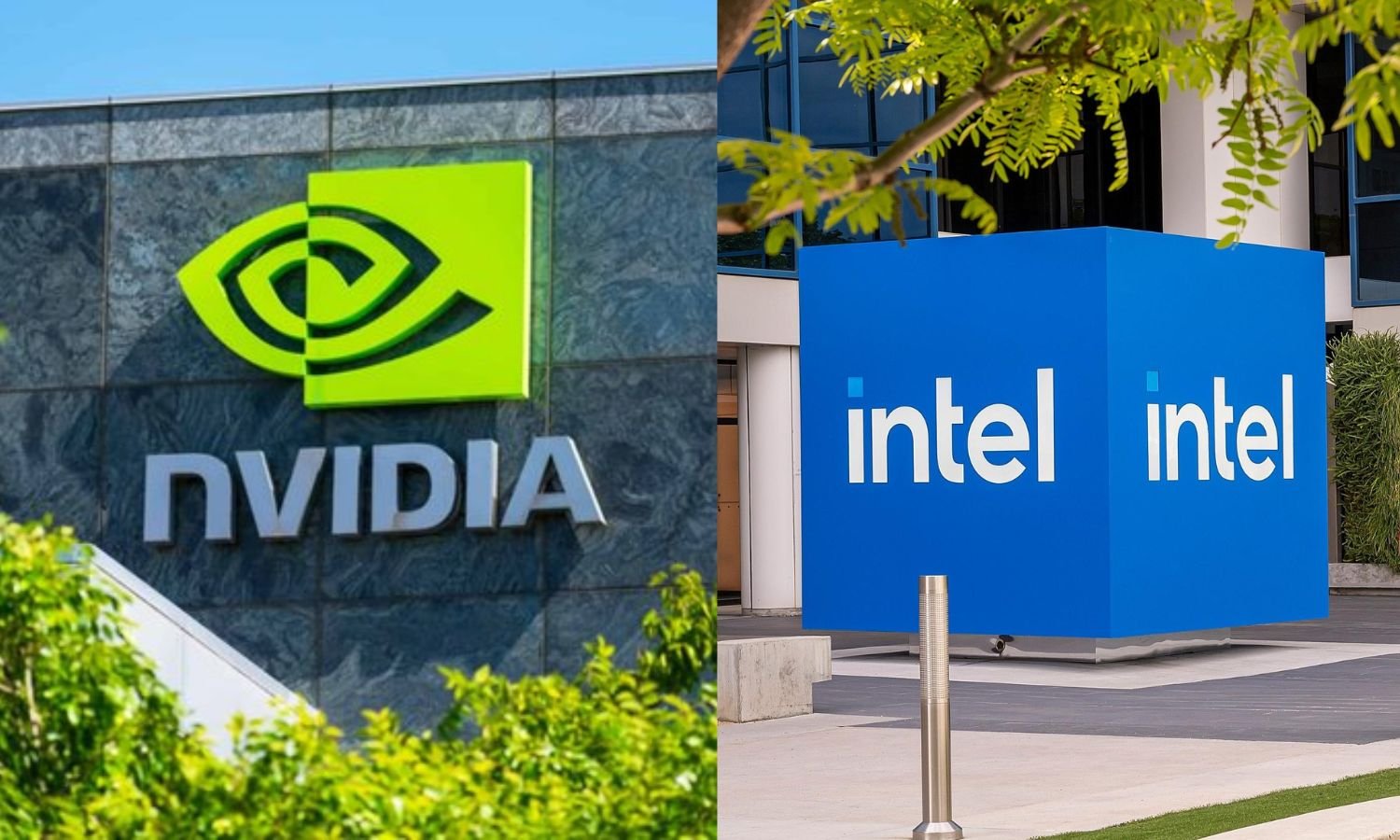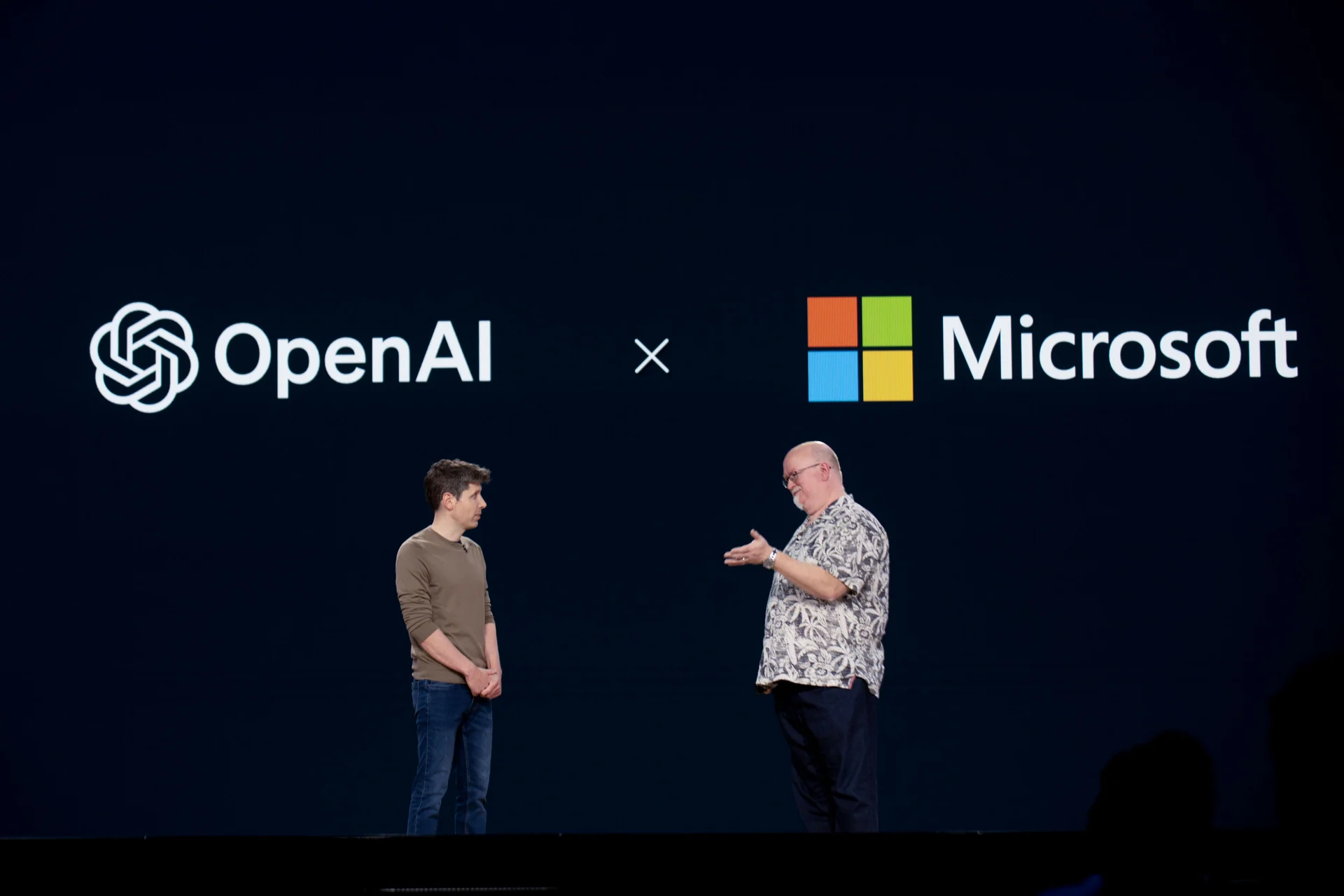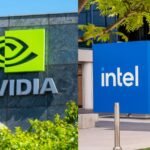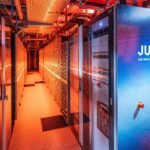In a bold move to redefine the future of artificial intelligence infrastructure, Microsoft has unveiled plans for Fairwater—a groundbreaking AI datacenter designed not only to rival the world’s top supercomputers but to far surpass them. Strategically located in Mount Pleasant, Wisconsin, this facility isn’t just another cloud warehouse—it’s a purpose-built AI factory designed from the ground up to fuel the next era of large-scale model training, high-performance inference, and industrial-grade AI deployment.
A New Breed of Datacenter: Not Just Cloud, But AI at Scale
Unlike traditional cloud infrastructure that supports distributed and varied workloads, Fairwater is optimized for hyperscale AI operations. It’s tailored for scenarios that demand massive compute coordination—think training foundation models with trillions of parameters or delivering low-latency inference for globally deployed AI assistants.
This is a key architectural shift. At its core, Fairwater functions less like a typical cloud region and more like an integrated AI supercomputer. The networking, compute density, and storage architecture have been unified with one goal in mind: minimize latency between GPUs and maximize throughput for deep learning workloads. It’s an AI-first datacenter by design.
Gigascale Infrastructure: A Colossus in the Midwest
Fairwater is being constructed on an expansive 315-acre plot with a trio of buildings covering over 1.2 million square feet. These buildings aren’t just housing servers—they’re engineered ecosystems of cutting-edge AI hardware.
At full build-out, Fairwater will house hundreds of thousands of the latest GPUs, including future-generation accelerators designed for large language model training, multimodal AI, and real-time inference. These GPUs are interlinked by ultra-high-speed fiber networks with aggregate cabling long enough to encircle the planet multiple times.
What truly sets this apart is the architectural coherence of the system. The facility is engineered to make all these GPUs function as one massive compute engine—capable of training next-gen AI models orders of magnitude faster than what’s possible today.
Designed for Efficiency: Liquid Cooling and Sustainable Engineering
Fairwater doesn’t just push the limits of power—it does so while adhering to next-level sustainability benchmarks. Over 90% of its infrastructure is built around a closed-loop liquid cooling system. This approach drastically reduces water consumption and eliminates thermal inefficiencies associated with traditional air-cooled data halls.
Only a small fraction of the site will ever need open-loop cooling—and even then, water usage is minimal. On typical days, the ambient climate of Wisconsin allows air cooling to be used. On hotter days, the system shifts to recirculated liquid, ensuring water is not wasted but reused in a continuous loop.
The design is zero-discharge—meaning the water once added to the system doesn’t leave it. This isn’t just an environmental checkbox; it’s part of Microsoft’s broader goal to meet and exceed sustainability standards while deploying planet-scale AI compute.
Economic and Workforce Transformation
Fairwater is not just a technological project—it’s a regional catalyst. The datacenter is bringing billions in investment to Wisconsin and creating thousands of construction jobs during its build phase. Once operational, it will support hundreds of permanent high-tech positions, ranging from infrastructure engineering to AI research.
More importantly, Microsoft is embedding educational infrastructure into the project, launching new training programs through local technical colleges. The goal is to create a pipeline of skilled workers capable of supporting not just this facility, but the AI economy it will anchor.
A Strategic Bet in the AI Arms Race
Microsoft’s investment in Fairwater isn’t just about building a datacenter—it’s about taking the lead in the global AI infrastructure race. As generative AI models grow larger, more complex, and more essential to enterprise and consumer applications, the need for ultra-high-speed, low-latency compute environments will become critical.
Fairwater positions Microsoft to train frontier AI models more quickly, deploy them more widely, and serve AI workloads with unmatched performance. It is expected to be central in powering Microsoft’s Copilot services, enterprise AI offerings, and possibly even AGI-scale experiments.
Redefining Supercomputing: 10x Faster Than Anything on Earth?
The performance claims behind Fairwater are bold. Once operational, it is expected to outperform today’s fastest supercomputers by a factor of ten. While that figure will require independent verification, the architecture and scale suggest it is plausible. With hyper-dense GPU clusters and next-gen networking, Fairwater may well represent a new era of single-facility AI compute.
This isn’t a cluster of independent servers—it’s a unified system designed to simulate a global-scale AI brain. And in the era of language models, simulation, and autonomous reasoning agents, that capability could become the ultimate competitive advantage.
What Comes Next: Expansion and Implications
Fairwater is just the first of many such AI factories Microsoft is planning across the U.S. and globally. With its aggressive expansion, Microsoft is building a vertically integrated AI stack: from silicon (through partnerships like OpenAI and AMD) to datacenters, to foundation models, and all the way to consumer and enterprise applications.
Yet as with any powerful new technology, ethical considerations must keep pace. The question is not just whether these facilities can be built—but how they should be governed, who gets access, and what societal obligations come with wielding such massive AI firepower.
Conclusion: Fairwater Isn’t Just a Datacenter—It’s an AI Epoch
Microsoft Fairwater symbolizes more than infrastructure. It represents the physical instantiation of the AI revolution. It’s where compute, data, sustainability, and ambition converge—not just to serve business or cloud workloads, but to shape the trajectory of intelligence itself.
As we move deeper into the age of artificial general intelligence, these types of hyper-optimized AI factories will define who leads, who follows, and what becomes possible. Fairwater isn’t just a new node in Microsoft’s network—it’s a landmark in the geography of the future.









